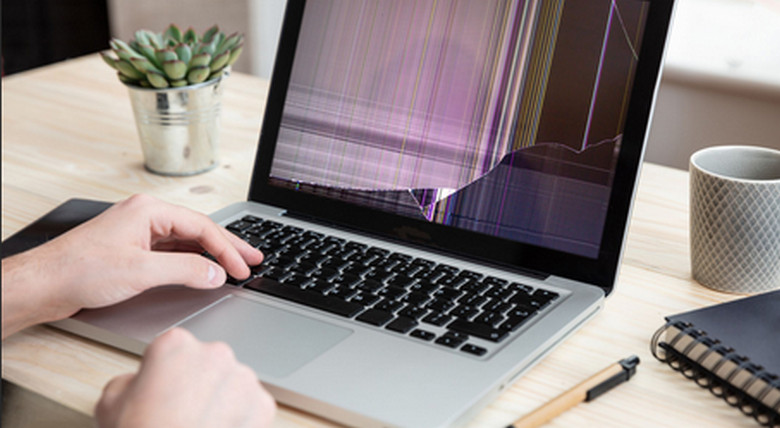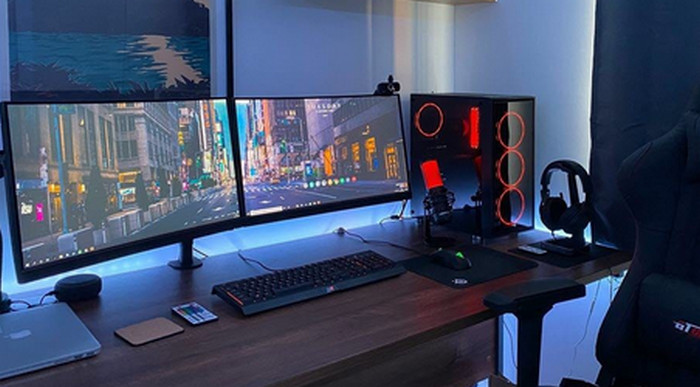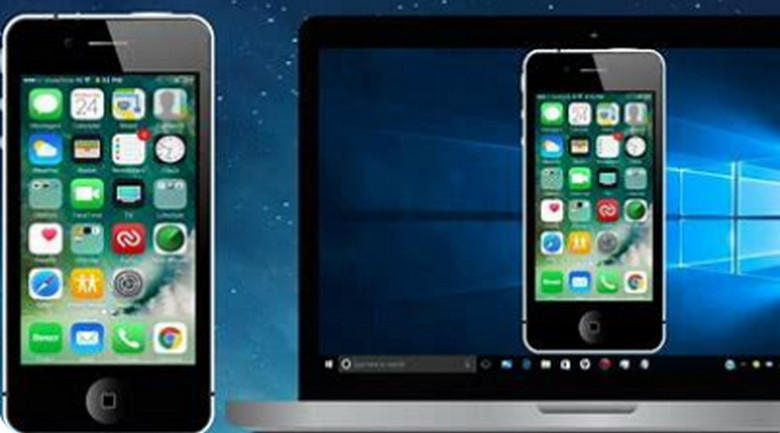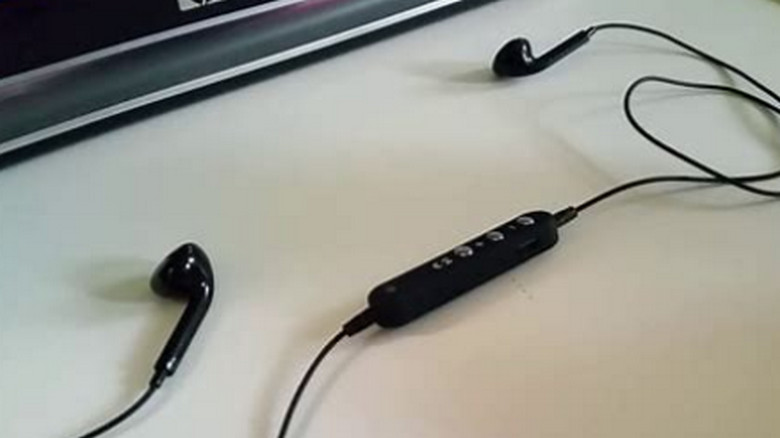Although a blank computer screen can be annoying, most of the time it’s a fixable problem. This is a methodical guide to assist you in troubleshooting the issue:
Examine the Fundamentals
Before delving into intricate solutions, make sure the following foundations are met:
Power Supply: Make sure the monitor and computer are correctly plugged in and powered on. Look for any loose connections.
wires: Check for damage or incorrect connections on the video wires. If there’s another cable available, try it.
The source symbol
Verify that the input source on your monitor—such as HDMI, VGA, or DisplayPort—is set correctly.
Monitor Power: Connect a different device to make that the monitor is operating properly (such a gaming console).
Diagnose and Fix Your Computer
Try these actions if your PC is the problem:
Restart Your Computer: Often, a quick restart will fix momentary issues.
Source icon Check for External Devices: To avoid interference, remove any external devices, such as printers or USB drives.
Source icon: Boot into Safe Mode: This will help you narrow down the problem. If it functions in Safe Mode, the issue can be with a driver or program that was just installed.
The source symbol
Install the most recent graphics drivers: Display problems may arise from outdated or corrupted graphics drivers. You can update them using the graphics card manufacturer’s website or the device manager.
The source symbol
The source symbol
Examine for Overheating: Problems with the display may arise from excessive heat. Ascertain adequate ventilation and think about dusting.
BIOS reset: If the BIOS has been altered, returning it to its original configurations may help to fix the problem.
Fix Your Monitor
If the monitor appears to be the source of the issue, take into account the following:
Test Using an Alternative Device: To verify if the monitor is the problem, try connecting an other device—such as a laptop—to it.
Verify the Monitor’s Settings: Make that the input, contrast, and brightness settings on the monitor are adjusted correctly.
Turn the monitor on and off: After unplugging the display and waiting a short while, plug it back in.
Extra Advice
Look for Error Messages: If any error messages appear on the screen or during the boot process, look out the relevant solutions online.
Think About Hardware Failure: Should none of the aforementioned fixes resolve the problem, there may be a hardware problem with your motherboard, graphics card, or display. Seek expert advice for diagnosis and repairs.
Recall: Refer to the user manual for your computer or monitor if you have any questions regarding any of these procedures.
You should be able to fix your computer’s display issue by following these procedures and closely inspecting each possible problem.
Would you like to concentrate on a particular kind of monitor or computer, or provide more specific details about the symptoms you’re having?
Notice: Although this article provides generic troubleshooting procedures, particular solutions may differ based on the settings of your computer and the type of issue.



